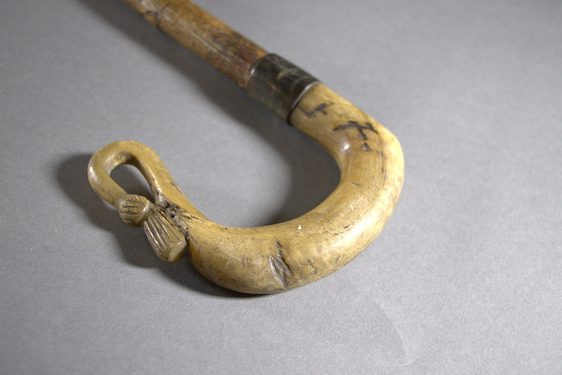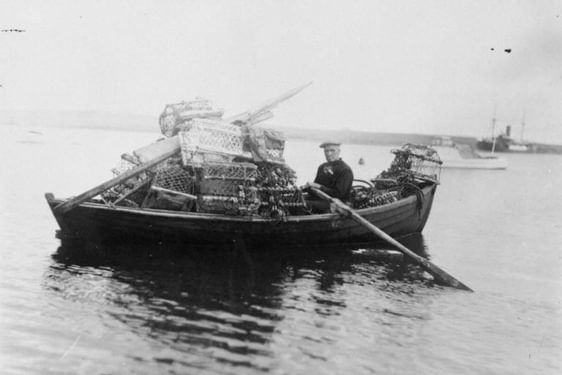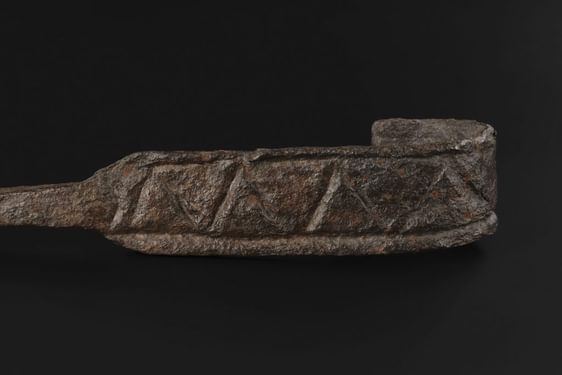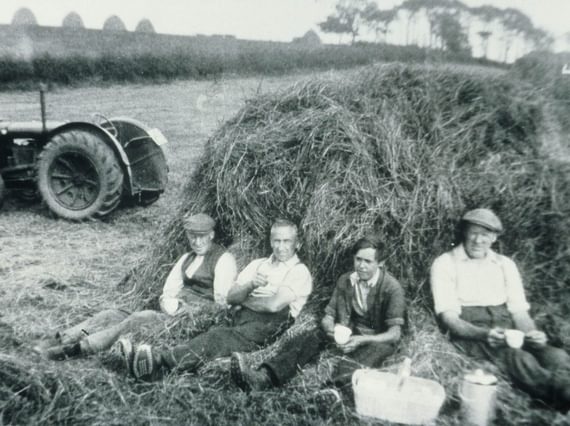
Over 400 years on the farm: The history of the National Museum of Rural Life
News Story
The Reid family owned and ran the Wester Kittochside Farm for more than 400 years. Now part of the National Museum of Rural Life, we trace the history of the farm right up to the present day.
1567-1600: A long dispute
The Reids have owned land at Kittochside since the 16th century. In 1567 the first Laird of Kittochside bought a portion of the land from Robert Mure, Laird of Caldwell. Mure later tried to repossess the land. When John Reid refused to give it back, Mure and his men attacked Wester Kittochside several times.
The most severe attacks took place in 1597 and 1599. Friends and relatives of Mure, ‘armed with lances, spears, swords and other fearful wapponis’ threatened John Reid and his family. They seized the Reids’ possessions and animals and burned down the house.
In June 1600 the case of Reid vs Mure was brought before the Privy Council in Edinburgh. John Reid protested that Mure had ‘troubled’ him over a period of 18 years. Mure was found guilty and John Reid was declared the rightful owner of Wester Kittochside. Mure was imprisoned in Edinburgh Castle and ordered to repay the cost of the livestock and Reid’s belongings. He was released on condition that he pay part of the debt within eight days of his release and that he no longer harass John Reid.
1660-1685: The Battle of Bothwell Brig
The Reid family prospered and brought more land. In 1679, John and James Reid, great grandsons of the first laird of Kittochside, became involved in a serious conflict. In 1660, King Charles II had been restored to the throne. He wanted to introduce bishops into the church in Scotland, but many people in Scotland opposed this and were prepared to fight. The two sides met at the Battle of Bothwell Brig, about six miles from Wester Kittochside.

'The Battle of Bothwell Brig' engraving by William Forrest, published in 'Old Mortality' by Sir William Scott.
The royal army won and captured the flag of Kilbride parish. James Reid commanded the Kilbryd Company. When he saw the flag had been captured he took direct action.
Drawing his broadsword he charged through their dumbfounded ranks and, seizing the staff he tore the silk flag from the pole and wrapping it round his body, made his escape amid a hail of bullets.
John Reid was taken prisoner and sentenced to penal transportation. He was saved by the Duke of Hamilton, who secured a prison sentence for him instead. He was in prison for six years and released in 1685.
1760-1850: Success at Kittochside Farm
John Reid, the sixth laird, was born in 1760, at a time when farming methods were changing rapidly and agricultural reform was altering the landscape. This period in farming is often known as Improvement. His father died in 1770, leaving him a good inheritance. When he grew up, John was well placed to take advantage of the developments in agriculture. He became a successful farmer and businessman.
John Reid married Lillias Rae around 1786. They had five sons, William, Colin, John, Adam, and Robert, and three daughters, Margaret, Elizabeth, and Lillias. John died in 1850, aged 90. He and his family are buried in East Kilbride churchyard.
Many of the features left by the sixth laird are still present in today’s farm and farmhouse. John spent time and money on agricultural improvements such as a drainage system, land division and hedging, and improving the living accommodation for his family and livestock.
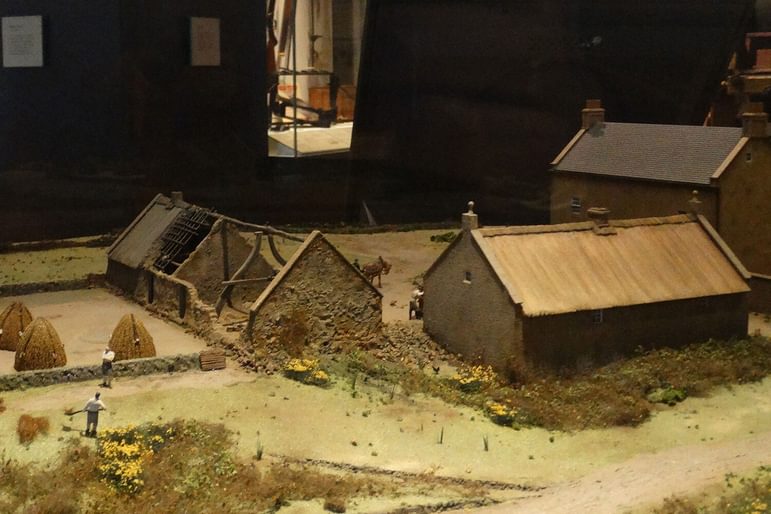
Model of the Wester Kittochside being rebuilt in 1784.
The farmhouse and steading (much as we see them today) were built in 1783 by John, sixth laird, with some later additions. As with many other farmers, John Reid greatly benefitted from the demands placed upon the country by the Napoleonic Wars (1803-1815). This was a period when every scrap of land had to be put under the plough.
As in other periods of war, Britain had to make every effort to feed its own people. Not only was John Reid aided by this, but the shortage of food helped push up food and grain prices. Between 1815 and 1846 grain prices remained high and stayed that way for another 20 years.
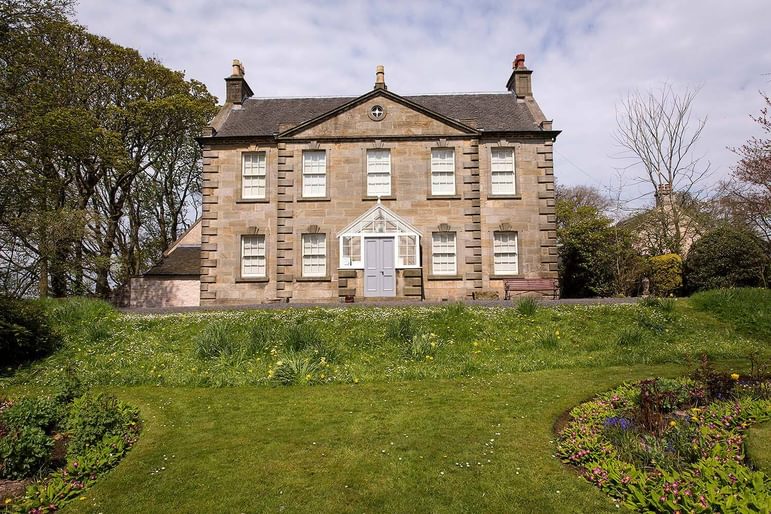
The farm house at the National Museum of Rural Life.
1850-1949: Farm improvements and World Wars
Very little is known about the seventh, eighth, and ninth lairds, but during their time at Wester Kittochside they made a number of improvements to the farm and farmhouse between 1850 and the early 1900s. They built the dairy and barn, and installed a threshing machine, as well as a horse gin, a means of utlising horses to power machinery.
There were no children to inherit, so the estate was passed to the ninth laird’s nephew, James Coats Reid, the tenth and last Laird of Wester Kittochside. James Reid was the younger son of Colin of Lawside (brother of William, the ninth laird) and Helen Coats (sister of Janet, William Reid's wife).
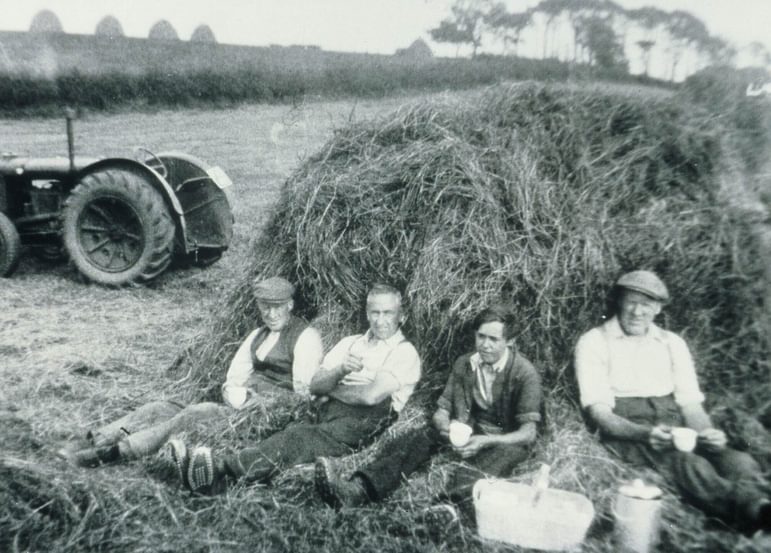
James Reid in 1958 with three daily labourers who came into help on the farm, especially during harvesting. Reference SLA C.29080.
During the First and Second World Wars, more land was brought into cultivation in East Kilbride Parish. Prisoners of war provided the extra labour needed. Heinrich Lückel was seventeen when he was taken prisoner. He worked at Kittochside from 1946 to 1948. He slept in the bothy beside the house and ate his meals in the kitchen. He kept in touch with the Reids after he returned to Germany.
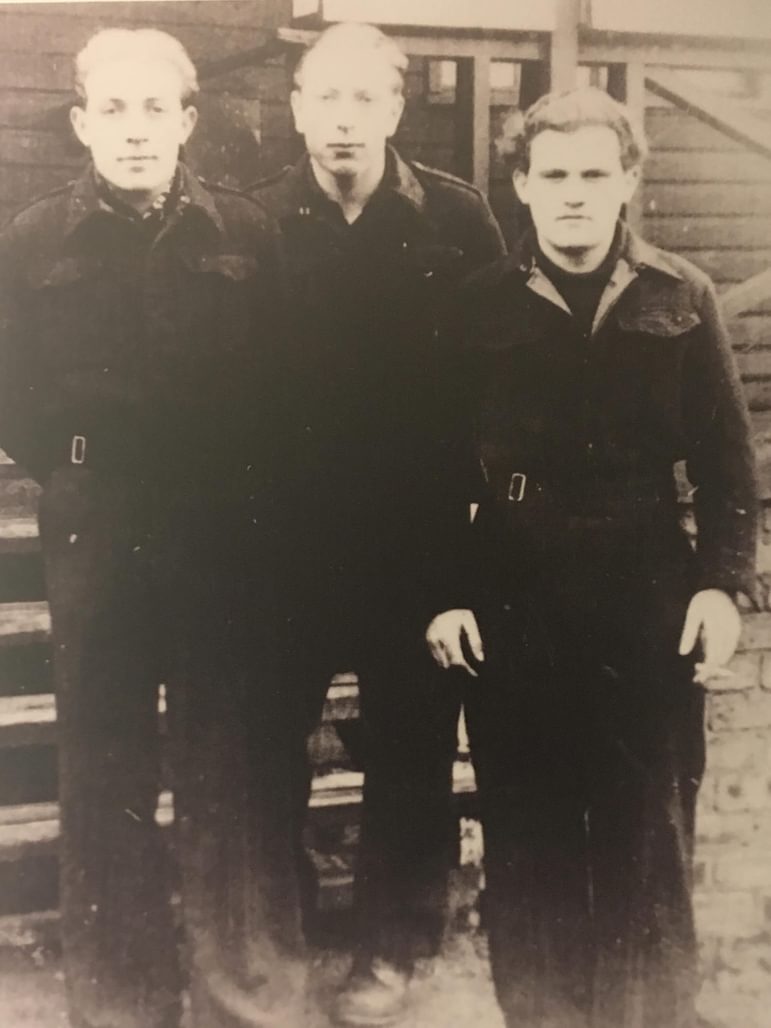
Heinrich Lückel centre with two fellow POWs, 1947. Reference SLA C.29065.
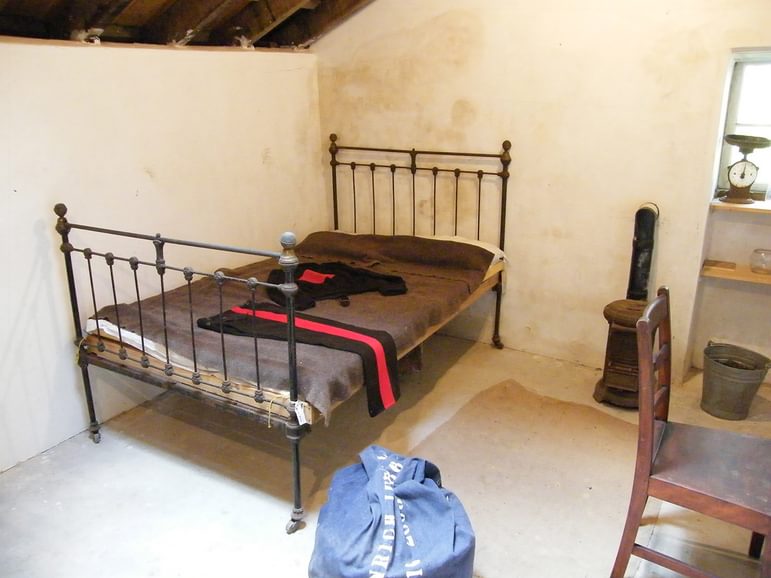
View of the Bothy where the POWs slept while staying at Wester Kittochside.
1950 to present day
The tenth laird, James Reid, married Margaret Gilmour in 1957. Margaret stated that James Reid was 6 feet 10 inches tall: he was known locally as ‘the gentle giant’. His shoes, boots, and overalls were specially made for him!
The farm at the time of Margaret Reid's arrival in 1957 was a mixture of arable, dairy and beef farming. The milking machinery was fitted by this time. Ayrshire cows were kept at Kittochside, and the milking took place first thing in the morning and mid-afternoon, much as it is today.

Mr & Mrs Reid on their wedding day in 1957. Reference SLA C.29057.
In 1963, the farm changed from dairy to beef production. The land was only used for grazing beef cattle. Many of the changes that have happened on other farms were not needed at Wester Kittochside. Large machines, like combine harvesters, have never been used, so gateposts and barn doors have never been widened. This in part is what makes Wester Kittochside a place of special interest.
Margaret and James would have liked to have children, but unfortunately this was not to be. One evening, when they were sitting outside the house, James asked Margaret if she thought the National Trust for Scotland would be interested in taking it, and so the couple decided together to leave the farm to the organisation's care.
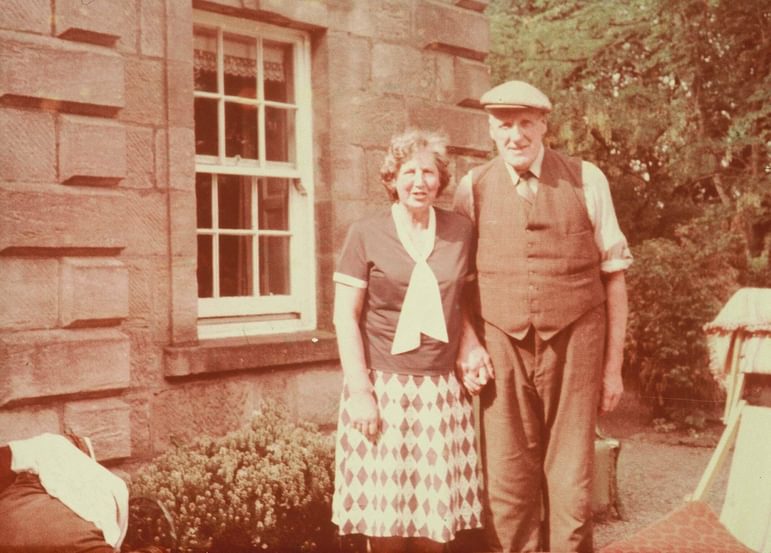
The Reids outside the Wester Kittochside farmhouse.
Wester Kittochside farm today
Since the National Museum of Rural Life opened in 2001, Wester Kittochside Farm has been run by National Museums Scotland in the style of a 1950s working farm. The acreage of the farm was 110 acres when it was gifted to the National Trust for Scotland, and now has 170 acres in total. More land was brought to build the Museum and car parks to ensure that the integrity of the historic farm was not compromised.
Today Wester Kittochside farm is home to Ayrshire, Aberdeen Angus and Highland cattle, Tamworth pigs, sheep, hens, and Clydesdale horses. The farm is run in the style of a 1950s dairy farm, and the rooms of the Georgian farmhouse are decorated as they would have been in the 1950s. Large areas of the farm remain uncultivated, in order to encourage and improve the already diverse habitats and species of flora and fauna.
It is thanks to the foresight and generosity of James and Margaret Reid that we are able to enjoy the fascinating history of this site today.
